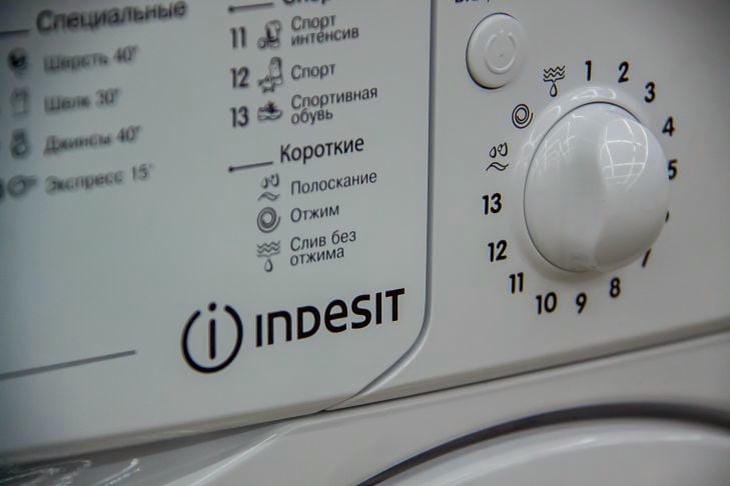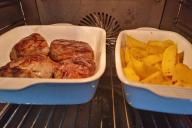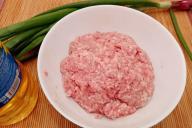Many of us face the problem of plaque that forms in the washing machine tray.
This deposit consists of limescale, powder and mould. However, don't worry, as there is a quick and easy way to remove it.
The washing machine tray is an important part that needs to be cleaned regularly.

Otherwise, it becomes covered with a film, which can cause unpleasant odors and affect the quality of washing.
To avoid this problem, you should clean the tray regularly.
Step 1: Removing the tray
First, you need to remove the tray from the washing machine. This can usually be done by pressing a button or lever and pulling it out. Some models of machines also have a latch that needs to be released to remove the tray.
Step 2: Preparing the solution
After removing the tray, prepare a solution to clean it. You will need hot water and a small amount of vinegar. Mix these ingredients in a bucket or bowl.
Step 3: Immerse the tray in the solution
Dip the tray into the prepared solution and leave it for several hours. The vinegar will help soften the plaque and eliminate odors.
Step 4: Cleaning brush
After soaking in the solution, use a soft brush or sponge to remove any remaining residue. Wipe each section of the tray to ensure it is completely clean.
Step 5: Rinse and Dry
After you finish cleaning the tray with vinegar, be sure to rinse it under running water to get rid of any tiny acid particles. Then dry it thoroughly and put it back in the washing machine.
Conclusion
Regularly cleaning your washing machine tray from scale is an important procedure to keep it clean and efficient.
With the simple steps outlined above, you can quickly and easily remove plaque and enjoy the freshness and quality of your laundry.








